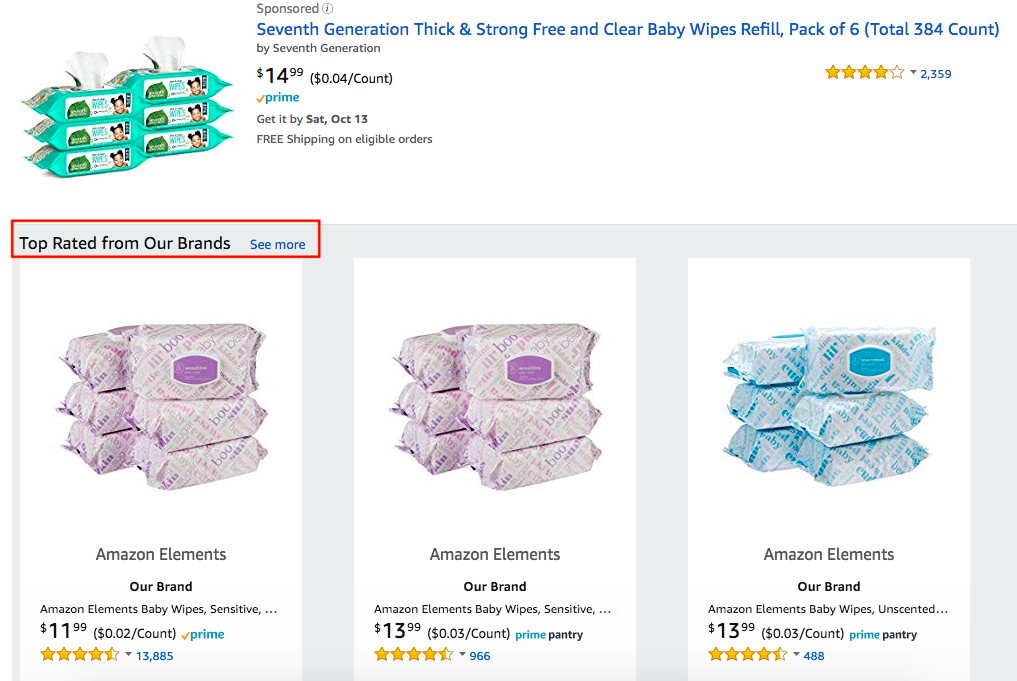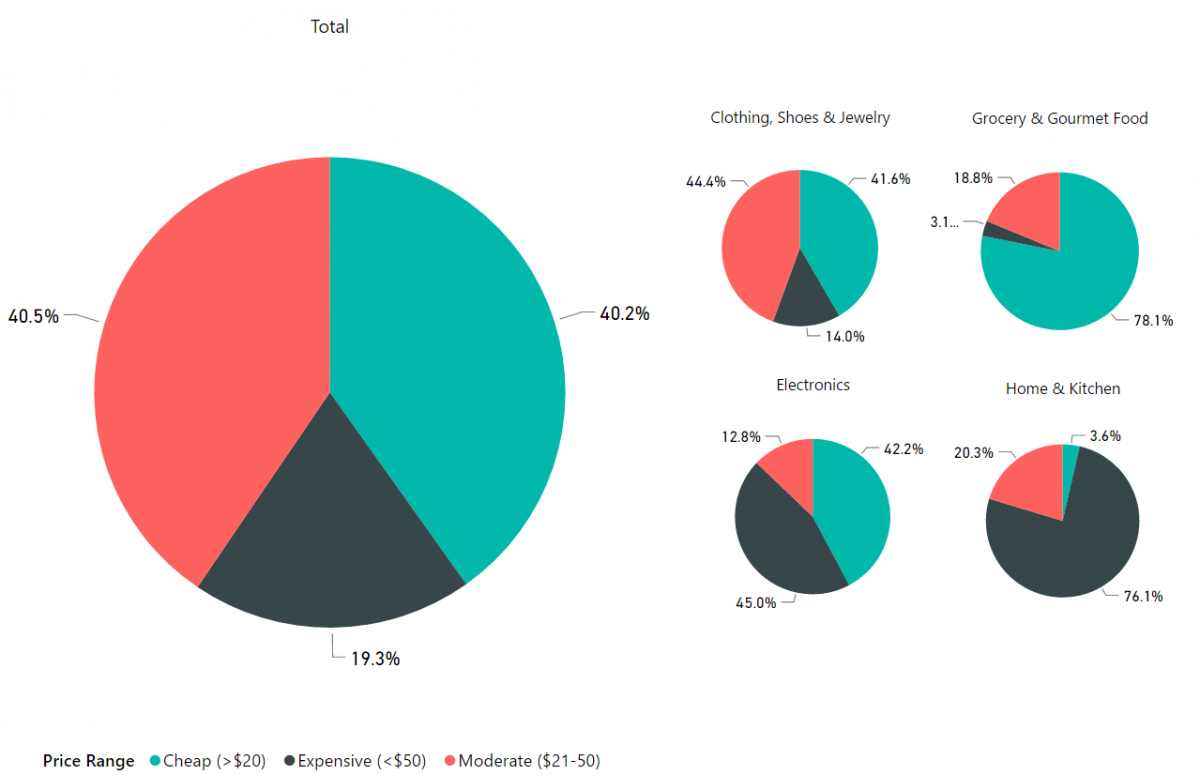Some brands are on the verge of panic over Amazon’s latest move to promote its growing array of private label products. Their anxiety is understandable. Amazon sales make up a huge portion of the overall sales volume for many brands, not to mention 50% of all online retail sales. The idea that this massive platform could suddenly become direct competition is certainly not a comfortable one.

Your brand has the tools to continue your success on Amazon regardless of what private label products Amazon adds to the mix. All you have to do is remember what got you this far - strong branding and a clear vision of what sets you apart from the competition.
What’s causing the panic
Private label brands aren’t a new trick Amazon is playing. The platform has been growing its private label brands since at least 2009 when they introduced AmazonBasics. According to ScrapeHero Amazon currently has about 150 private labels with more than 6,800 product offerings. About 75% of these fall under the categories of clothing, shoes and jewelry. Most of Amazon’s private label brands were introduced quietly, with little or no marketing fanfare. A few, like the new pet food brand, Wag, have gotten a banner on the homescreen, but that was about it.
All that changed in September 2018, when brands started to see Amazon products showing up in organic search results under the heading “top rated from our brands” or “similar products from our brands.” In recent months, Amazon has also been testing a new feature that promotes its own private label brands at the bottom of its competitors' product listings.
Above: Amazon products showing up in organic search results under the heading “top rated from our brands”.
If all of this feels threatening, it might be because Amazon’s private label business is on pace to generate $25 billion in sales by 2022, according to CNBC reports. To achieve this, Amazon has launched a new Amazon Accelerator program inviting manufacturers to sign up to make products for Amazon’s private labels. If you’re offering the same products as Amazon’s private label brands, this might feel like the time to panic, but hold on.
Compete with Amazon, but do it on your terms
Amazon’s products are overwhelmingly inexpensive. Most are less than $20 per item. So brands are wondering, What’s to stop Amazon from creating a less expensive version of their product next? The answer is, nothing. Amazon can and may create new products at any time. They’ve already expanded their reach from fashion into electronics, housewares and more.
Above: The prices at which Amazon sells their products.
Image Source: www.scrapehero.com
Although it doesn’t seem like it, the low price point of many Amazon products is actually good news for outside brands. Consumers know that the lowest price option isn’t always best. Generally speaking “cheap” is not a complement. In fact, if a brand can sell customers the lifestyle they’re seeking price becomes a secondary consideration. So brands should do their best to compete on non-price-related differentiators.
Consider the success of Apple. They never compete on price, instead, the focus on exceptional branding. They have been successful at maintaining premium prices for years, and across all retail channels. As a result, they’re able reinvest their profits back into their marketing and branding efforts. Now they're one of the most recognised and valued brands in the world.
In a crowded market, the product with a higher price can evoke curiosity. Buyers want to know what makes this product different? Why is the price is so high? They may even assume that the product is better because it’s more expensive.
What brands can do
If you can’t compete on price, what can you do to hold your ground against Amazon’s private label brands? These four action steps will help your brand survive and thrive on Amazon.
- Check on your supply chain. Ensure that you have a robust manufacturing agreement in place with competitive pricing. While Amazon’s size and reach give it a clear cost advantage and appeal for manufacturers wishing to sell in bulk, many take a different approach. A common manufacturing strategy is to ensure that no single distributor accounts for an overwhelming majority of their sales . This diversification in distribution can mitigate risk associated with partnering with a sole distributor.
- Get to know the competition. Test order the Amazon private label product to get a sense of what your competition is doing. Are they using the same manufacturer as you are? How is the product different from yours? By understanding their offering, you can better see how to differentiate your product.
- Focus on selling a lifestyle, not a product. Connect your product to the lifestyle your customer is aspiring to achieve. Show them how the product fits into their life to remove problems, build social standing, or make something easier. By continuously investing in your brand and telling your brand story, you build connections with customers.
- Make a compelling offer. Sweeten the deal by offering your customers something Amazon can’t or won’t. It might be a longer-term product guarantee that extends past Amazon’s own offer, a special feature, or extra customer support. Remember that Amazon is supplying buyers with products, meanwhile, you’re helping customers create the life and lifestyle they’ve always wanted.
.png)

